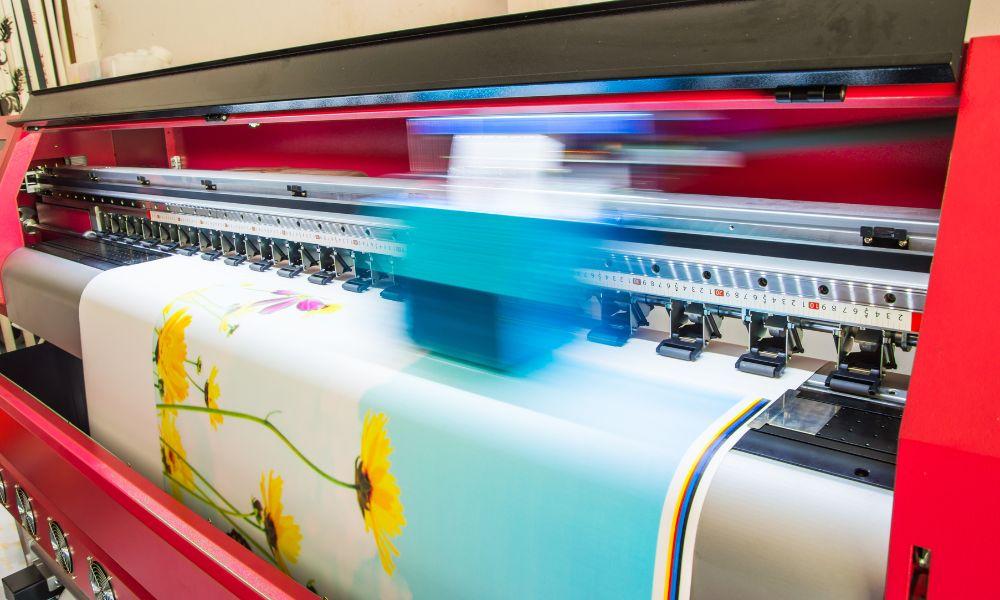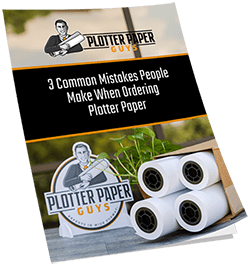Images per minute (IPM), pages per minute (PPM), and square feet per hour (SFPH) refer to the speeds at which a printer can produce a page. The higher the number, the faster the printer. However, fast printers are usually more expensive. It may be tempting to purchase the fastest printer possible, but you may be wasting your money if you don’t calculate your printing speed needs. Let’s take a look at what you need to consider when determining your printing needs to help you choose the right speed for your large format printer.
How Much Do You Print in a Day?
This may go without saying, but you should first determine how much you print a day, whether in pages or square footage. This information is critical for determining the ideal speed for your printer. Suppose your printer can produce 10 pages per minute, but you only print about 30–40 pages per day. Ten PPM is incredibly fast, and spending all that money on such a fast printer is unnecessary if you don’t print frequently in one day.
How Much of That Printing Is Continuous?
Even though a printer may print fast, continuous printing is another story. Even high-quality printers will take a long time to produce an image if they have to print continuously. For example, your printer specs may state it can produce an image at 40 SFPH. If you intend to print 40 pages per hour for multiple hours, you may want to buy a printer with specs of 50–60 SFPH to make up the time difference.
What Mode Will You Print In?
The mode you print in will also affect the speed of a printer. Typically, large format printers allow you to print in draft or high-quality mode, affecting the resolution of your image. High-quality mode will decrease the speed of your printer, so keep that in mind if you continuously print in this mode.
Depending on how much you print in a day, you may need to purchase a faster printer if you want to maintain the quality of your images. Think of it this way—the more demand you put on your printer at once, the more it affects your printing speed and the faster your printer should be.
Gauging the Real Speed of a Printer
Even though your printer’s manual might state an ideal print speed, note that the manufacturer calculated this speed under ideal conditions. They typically use draft mode to calculate printing speed and won’t account for warm-up or processing time. Whatever printing speed your manual claims, subtract that number by about 25 percent to get a more realistic value. For example, if your printer claims a printing speed of 10 PPM, assume the printing speed will be more like 8–8.5 PPM.
Now that you know how to determine the right speed for your large format printer, let the Plotter Paper Guys provide you with everything you need to create high-quality images. Our 24lb bound paper comes in a variety of lengths and widths, so you can find the perfect size for your printer.




